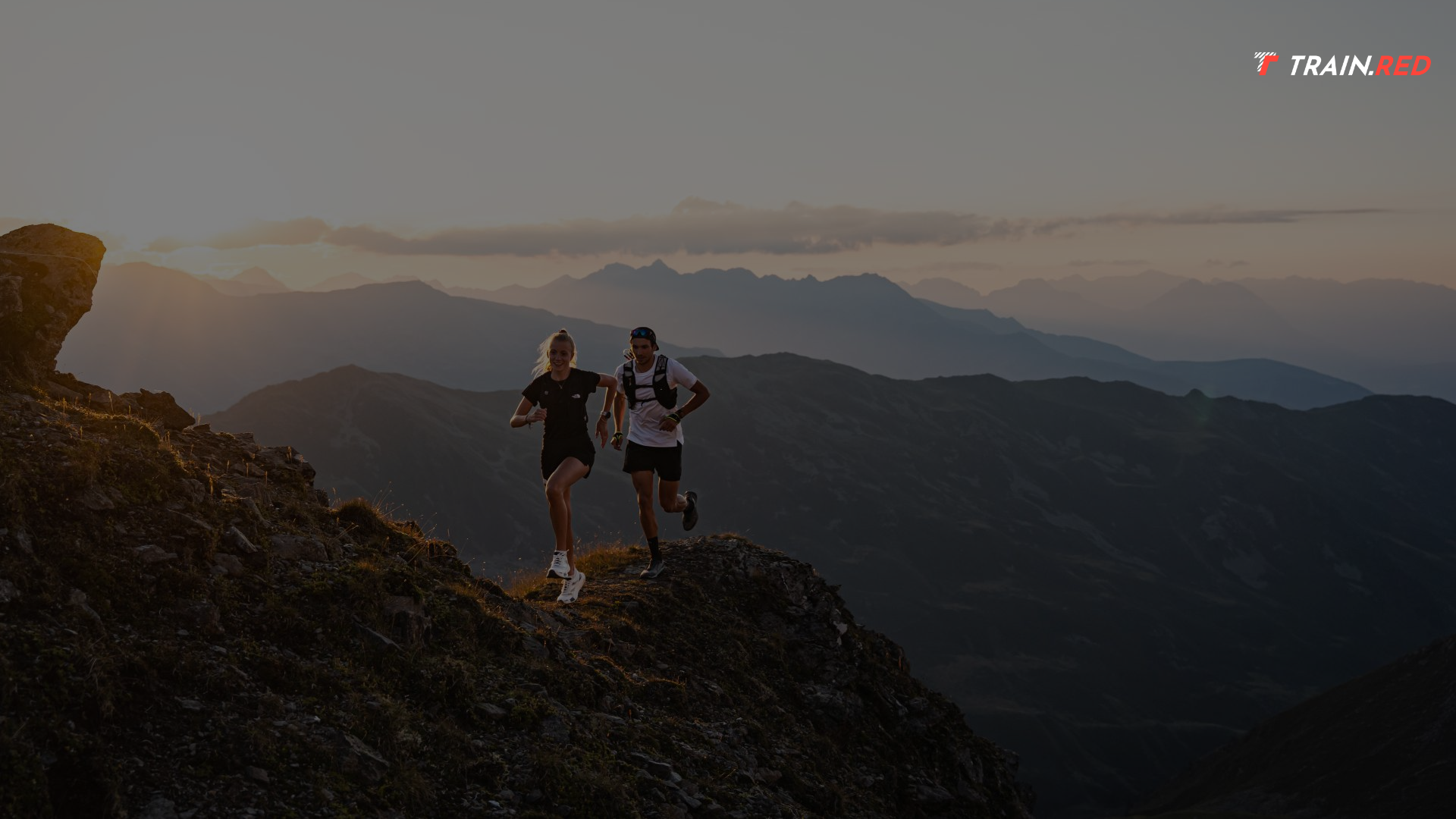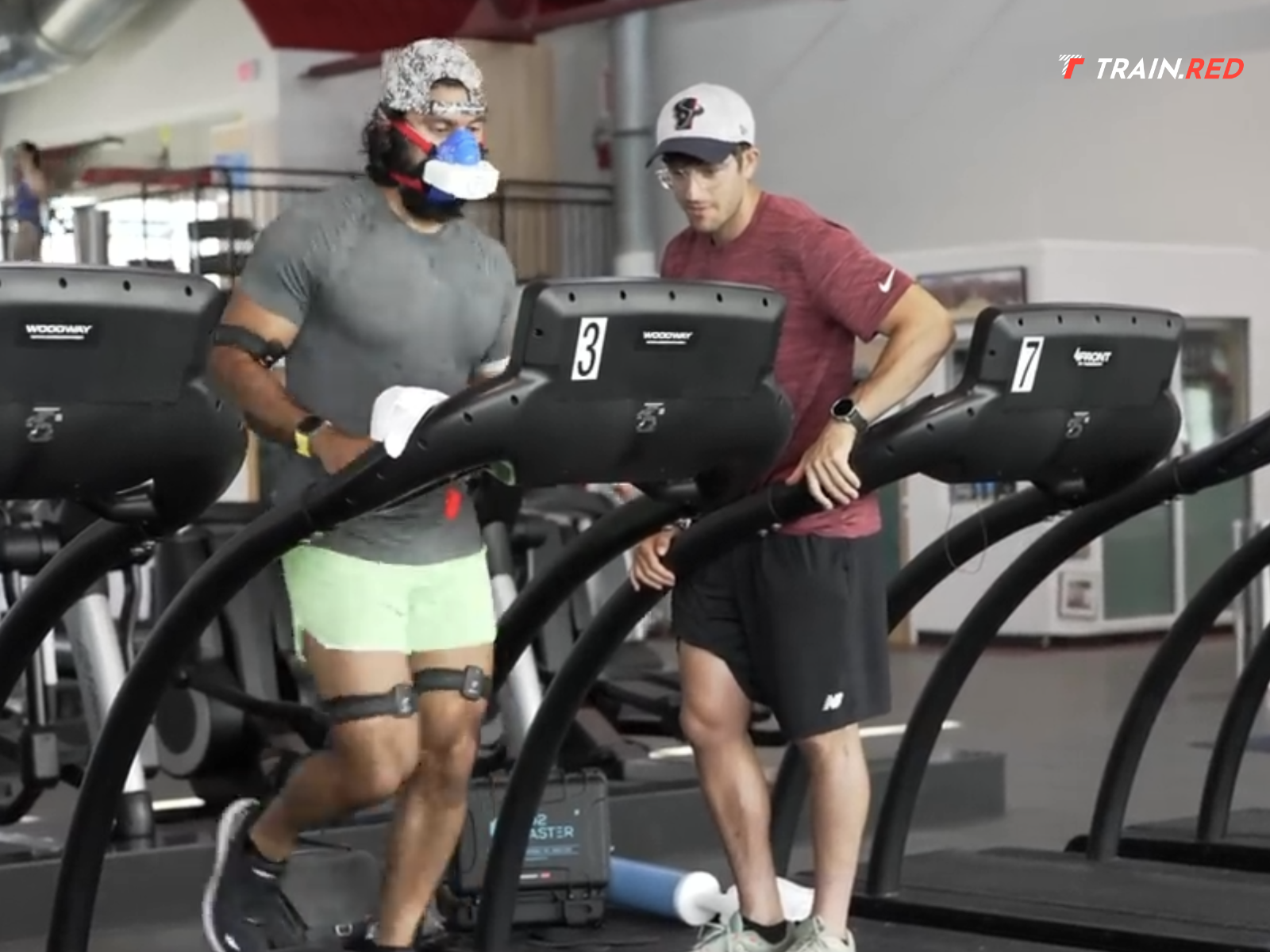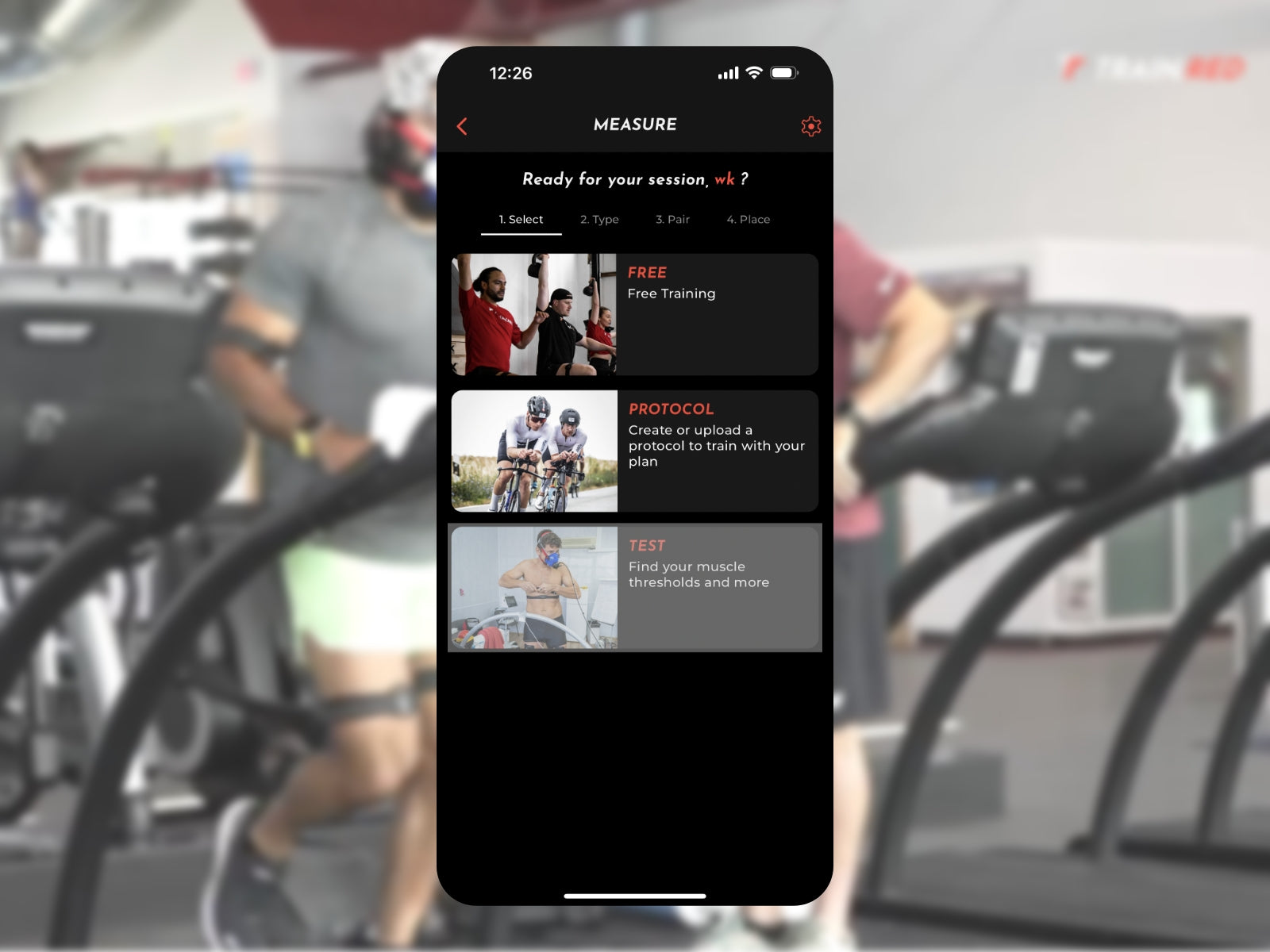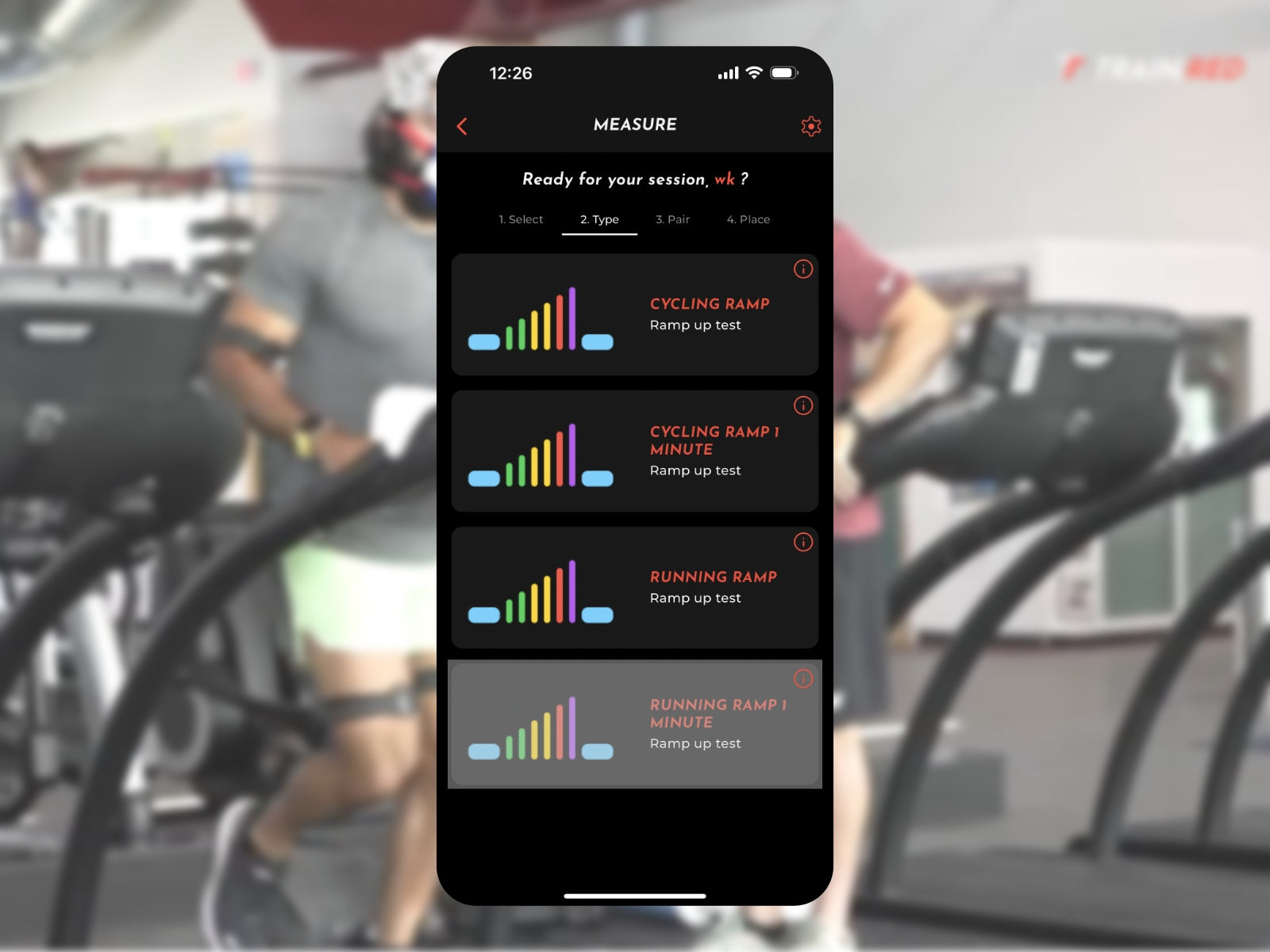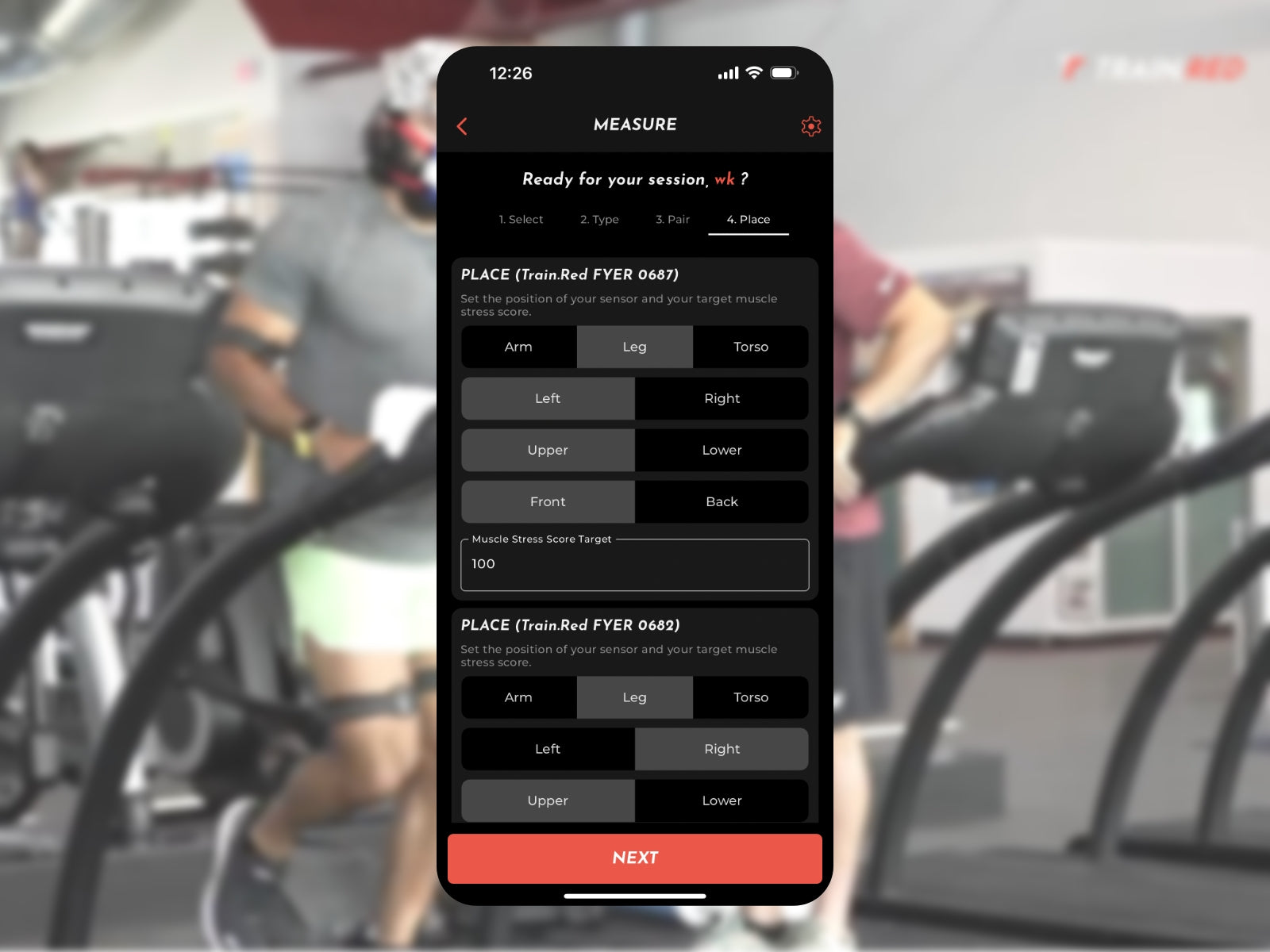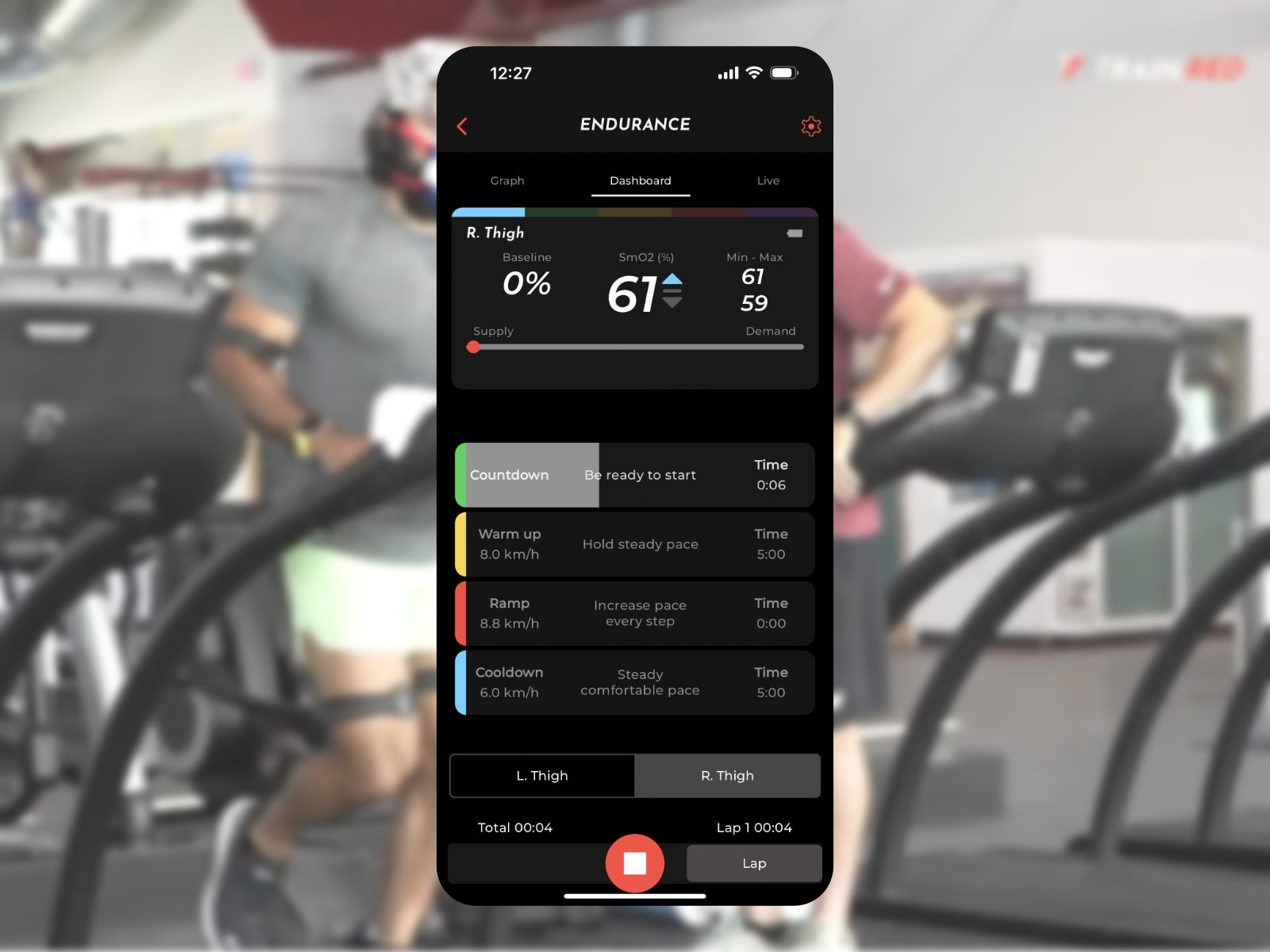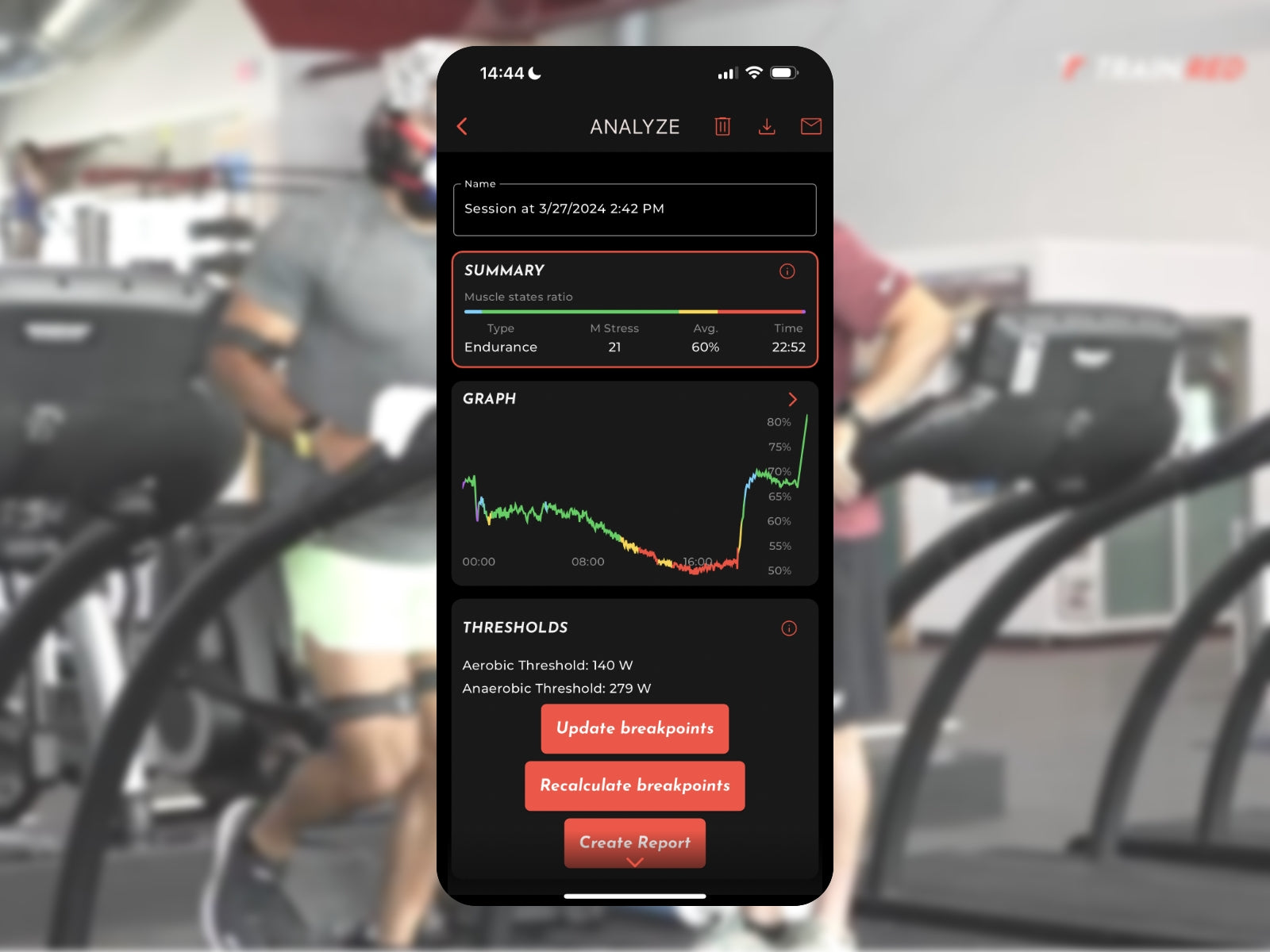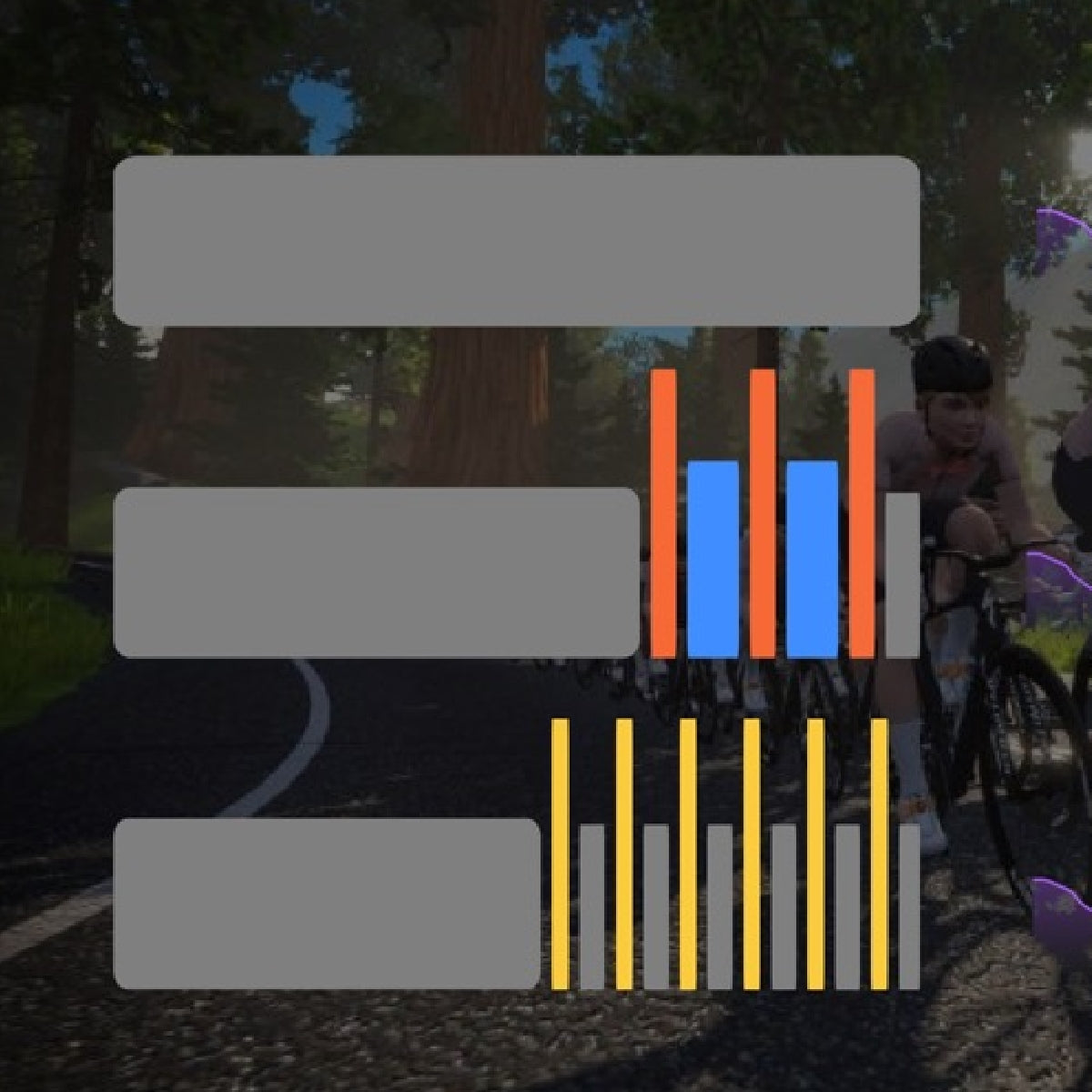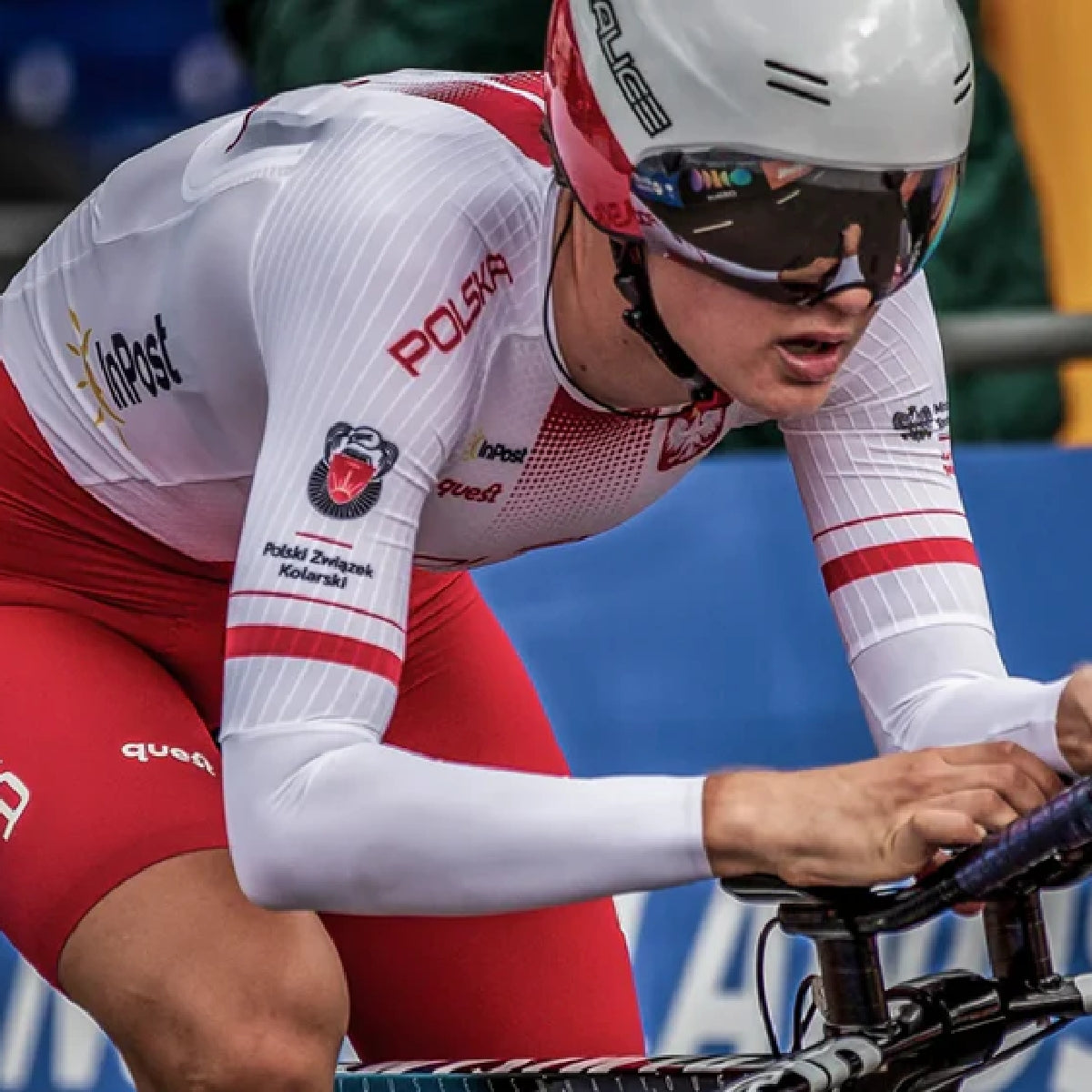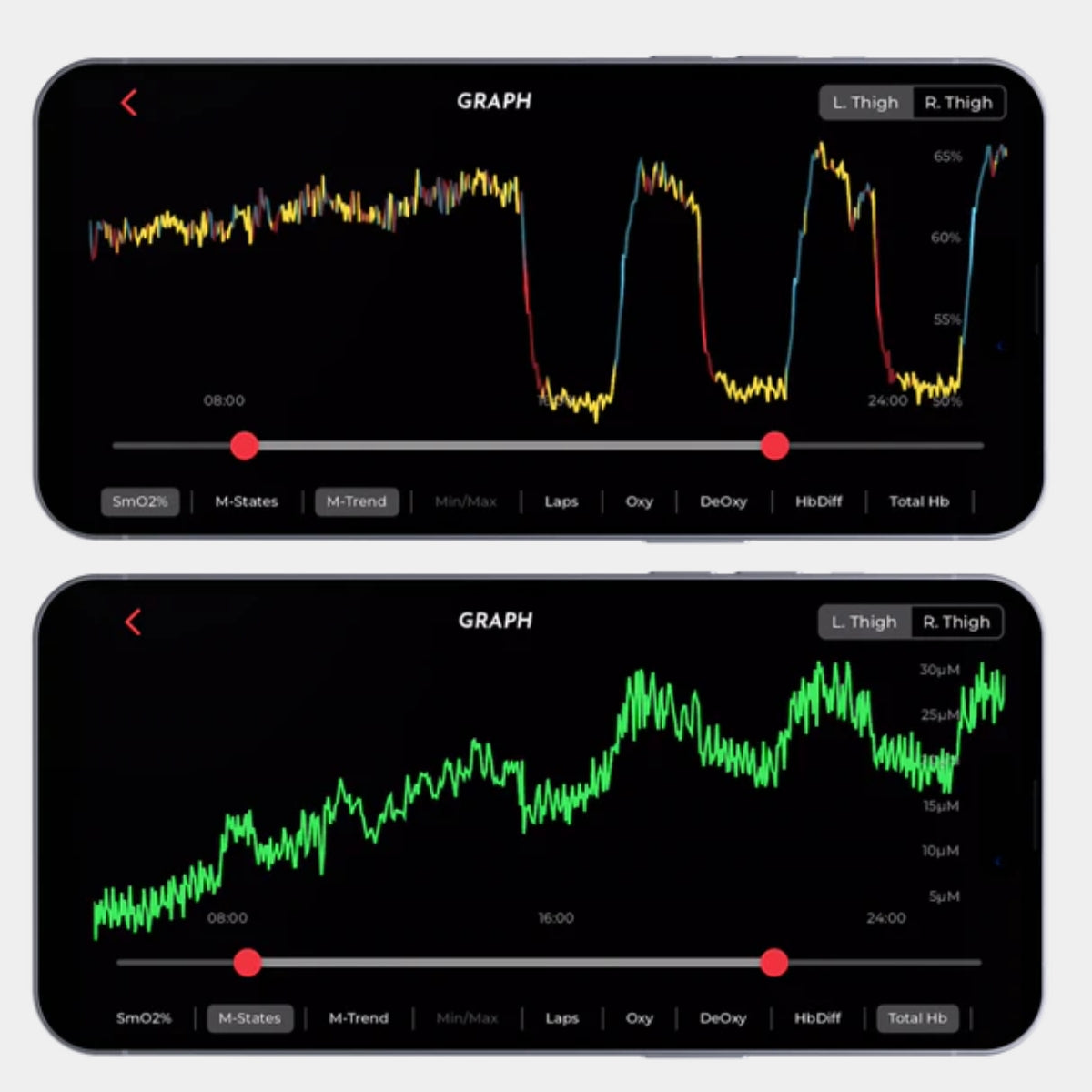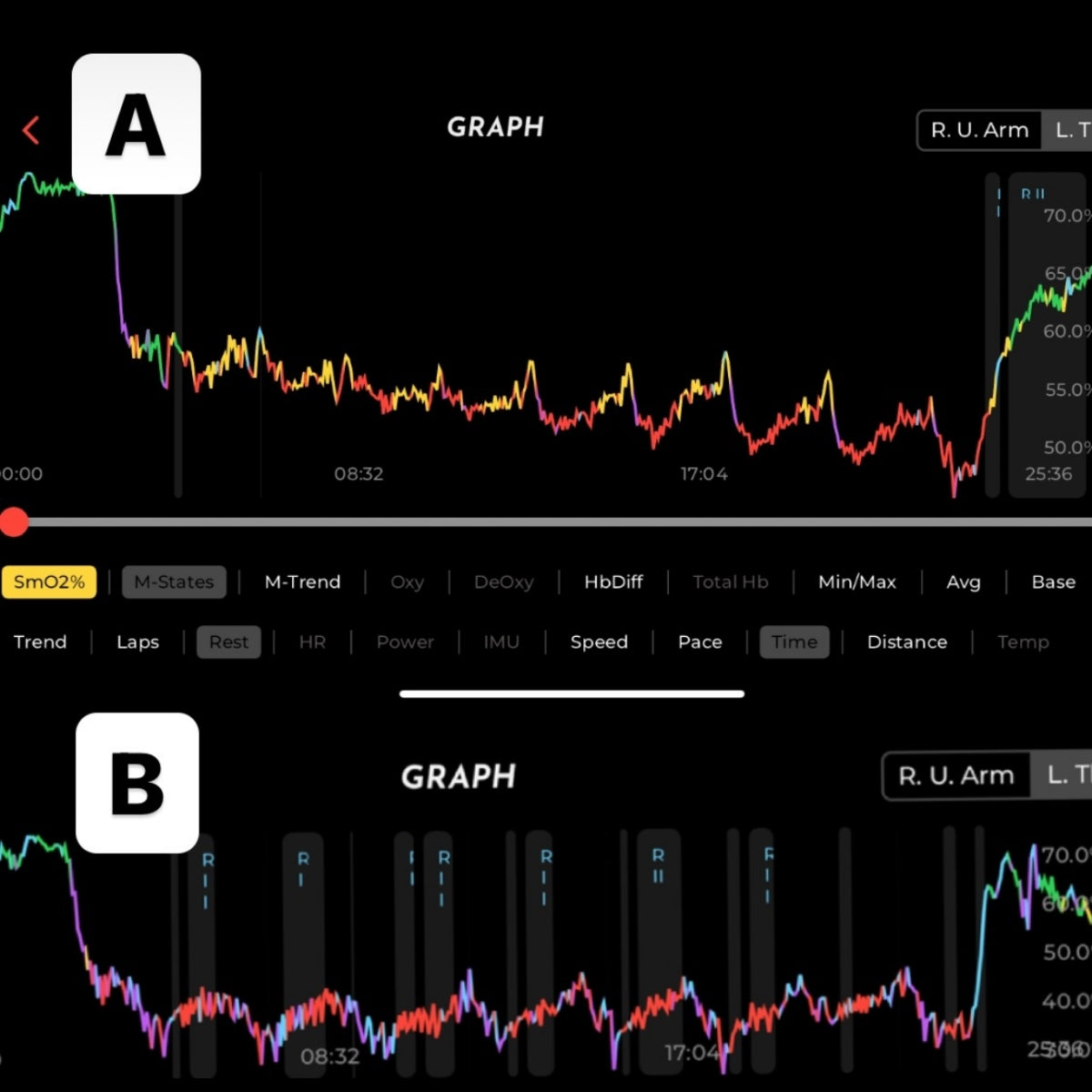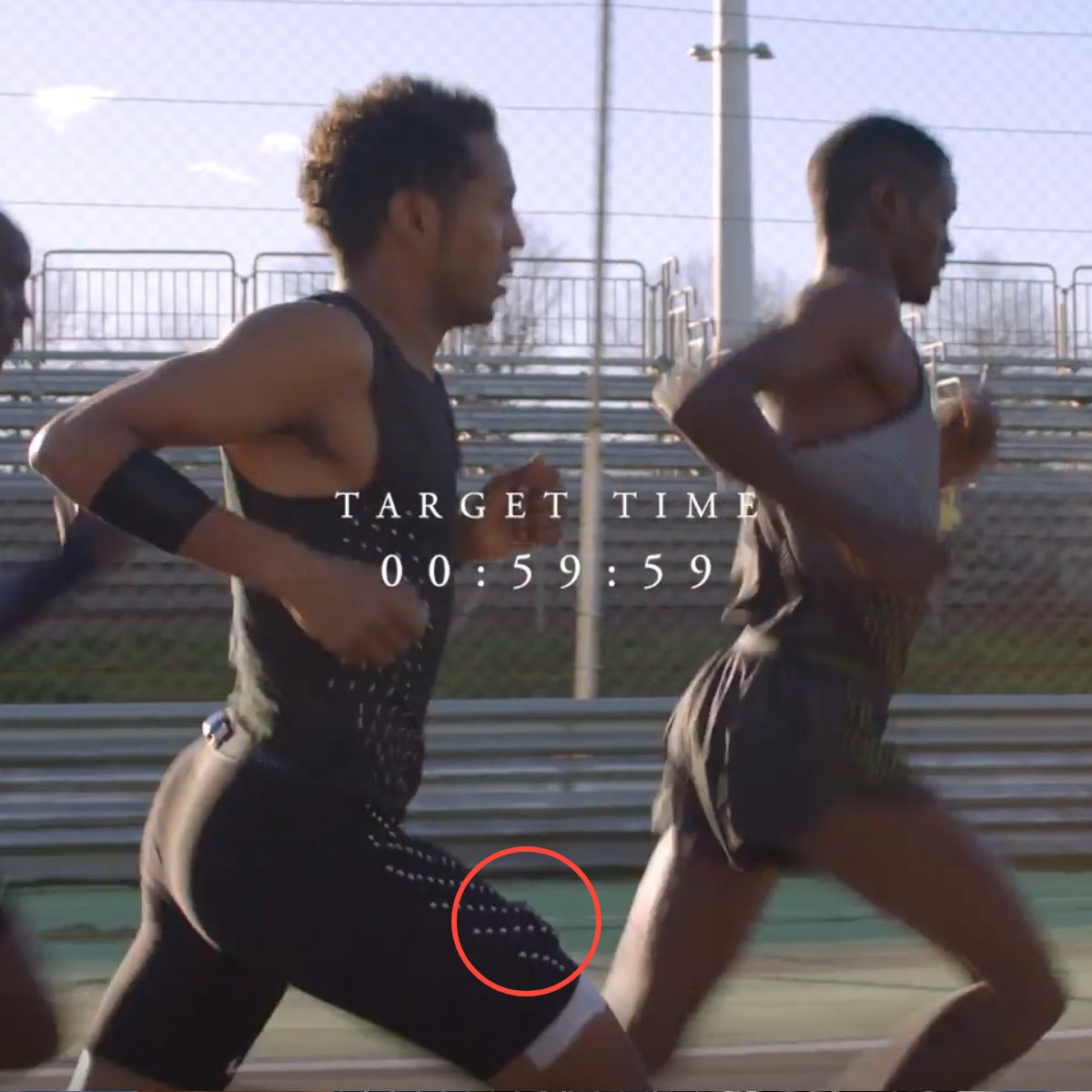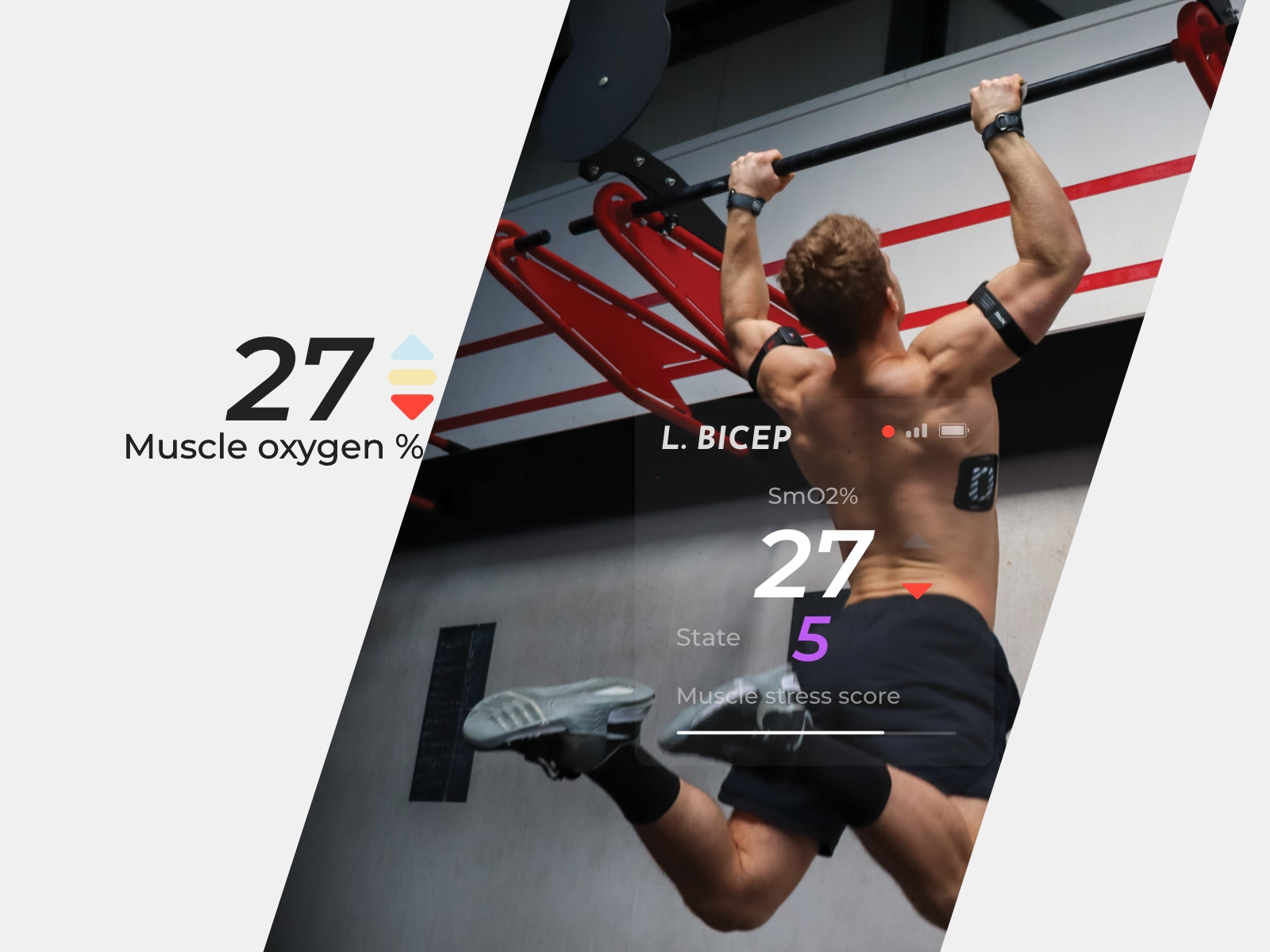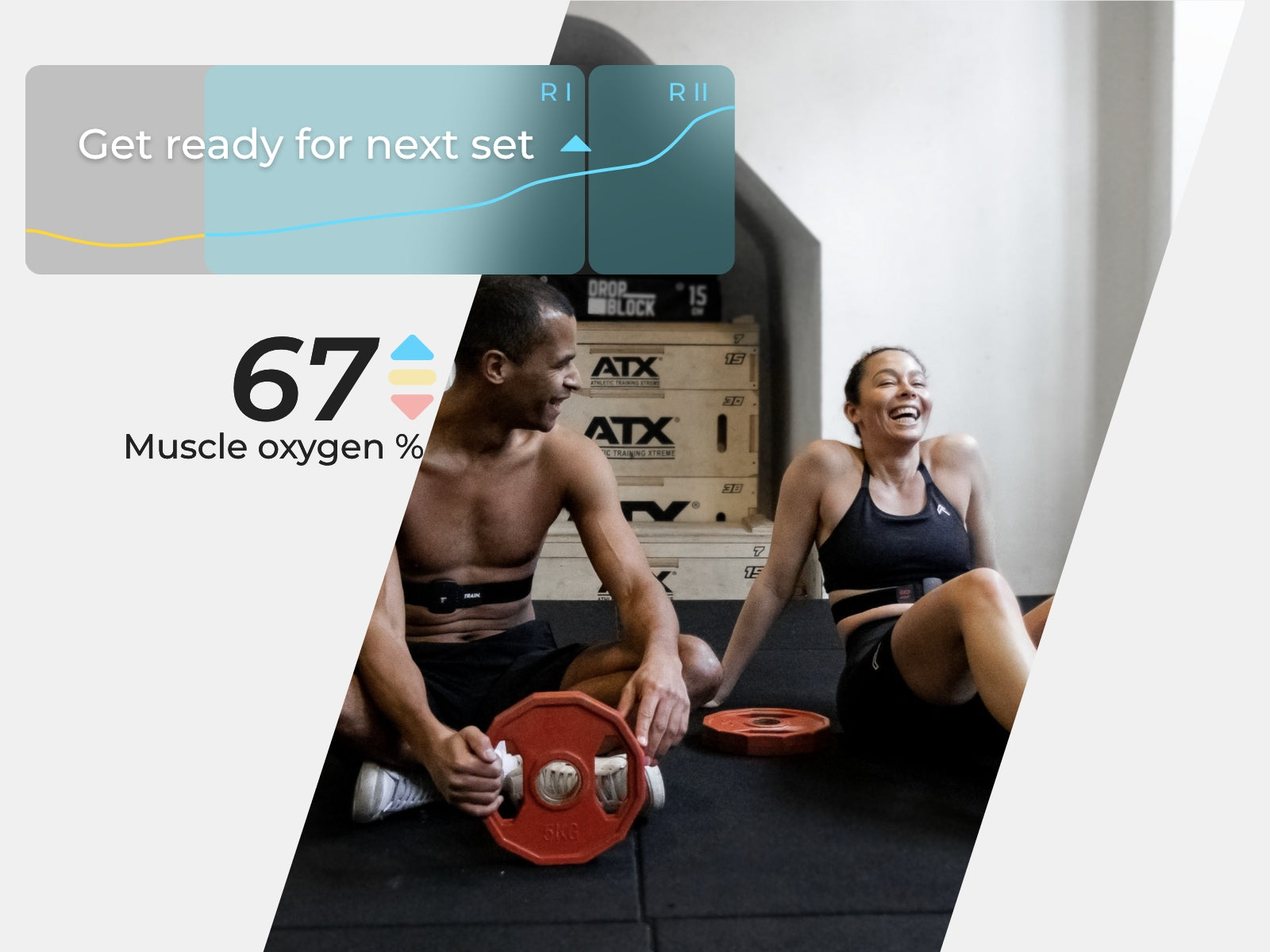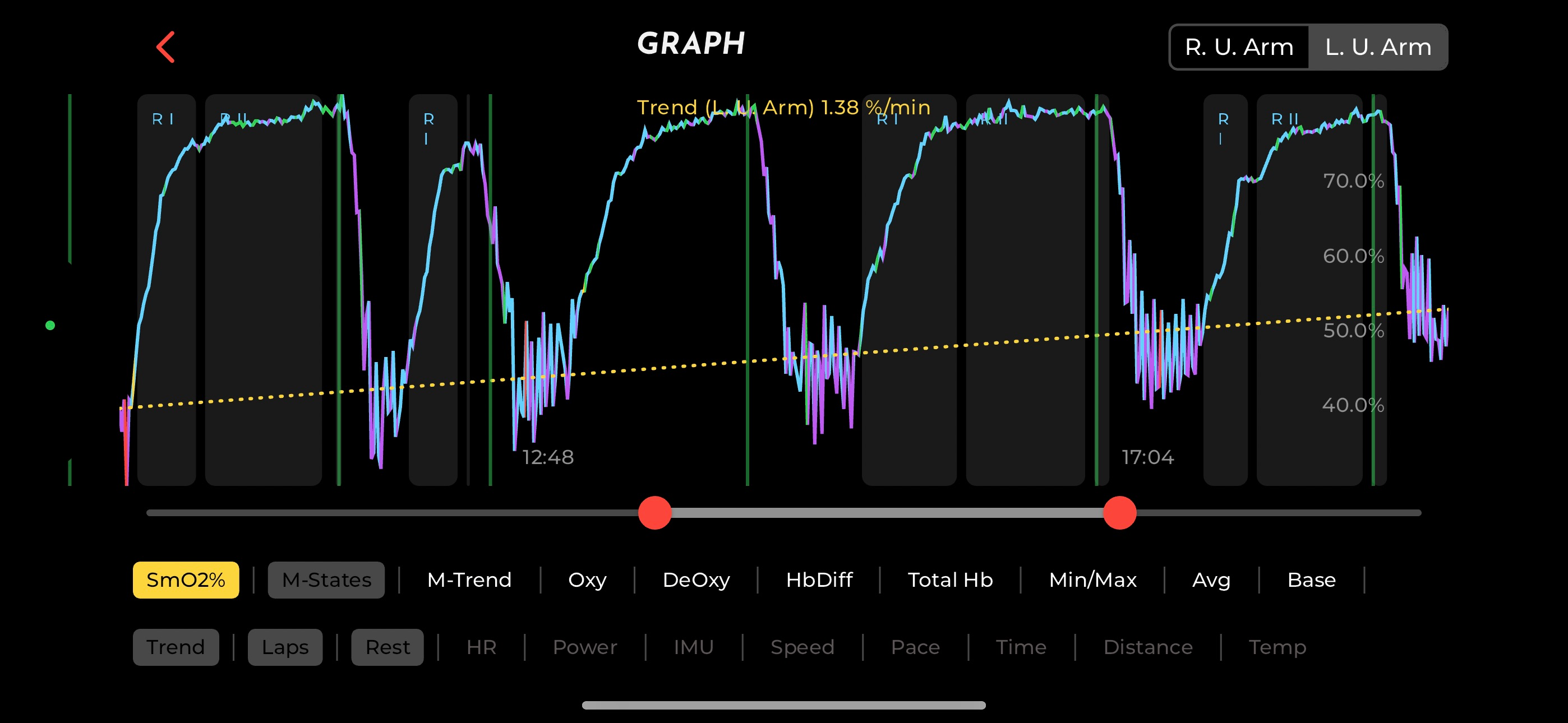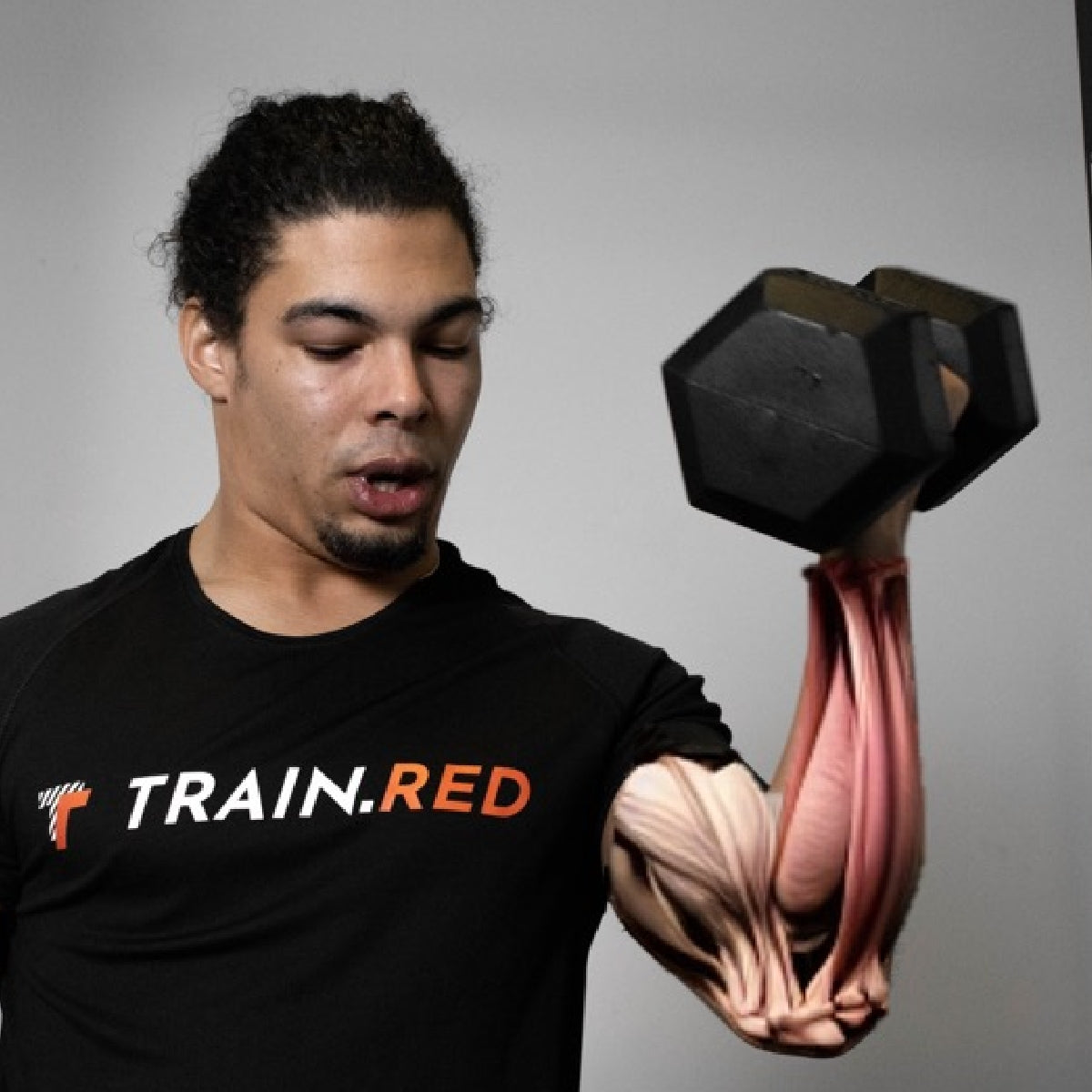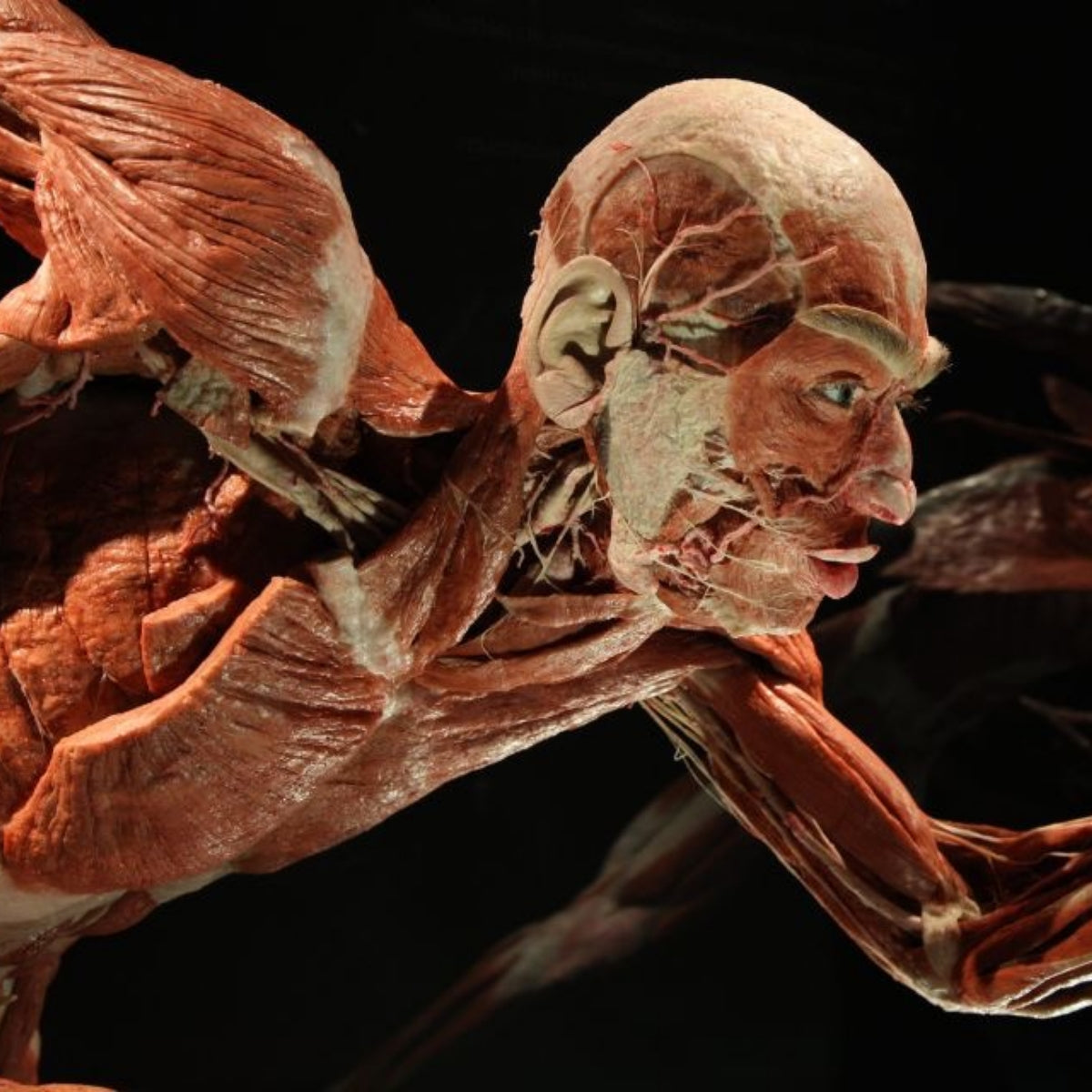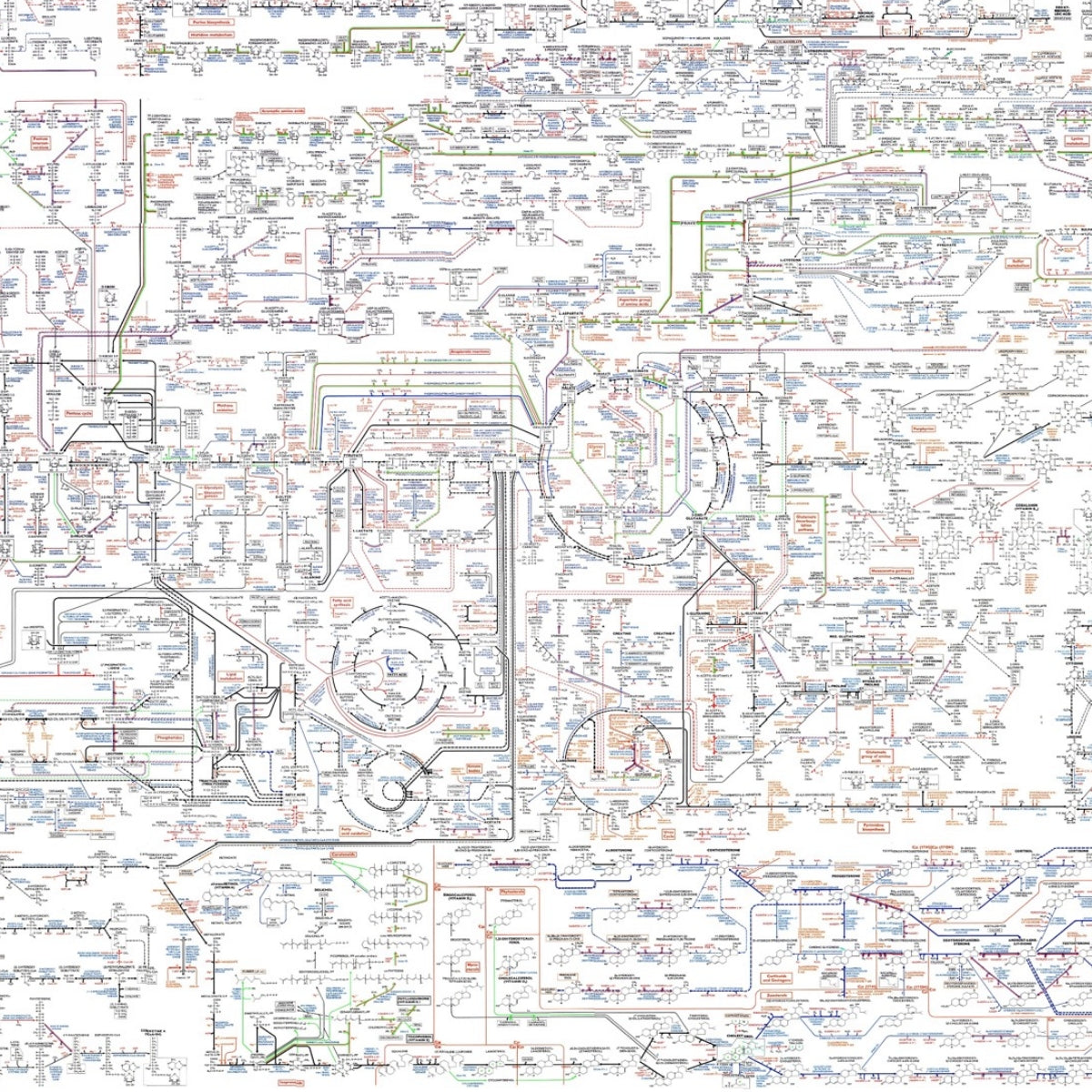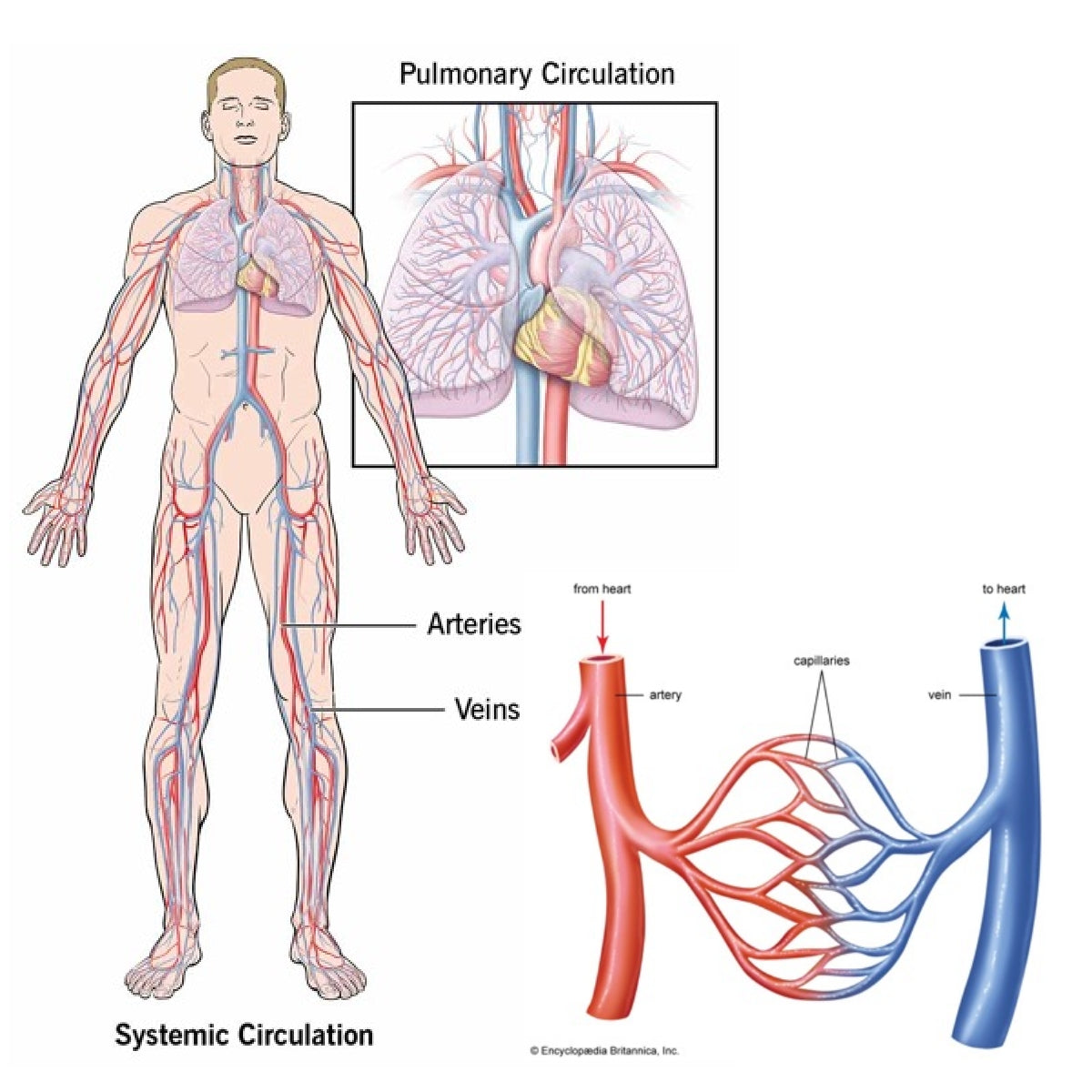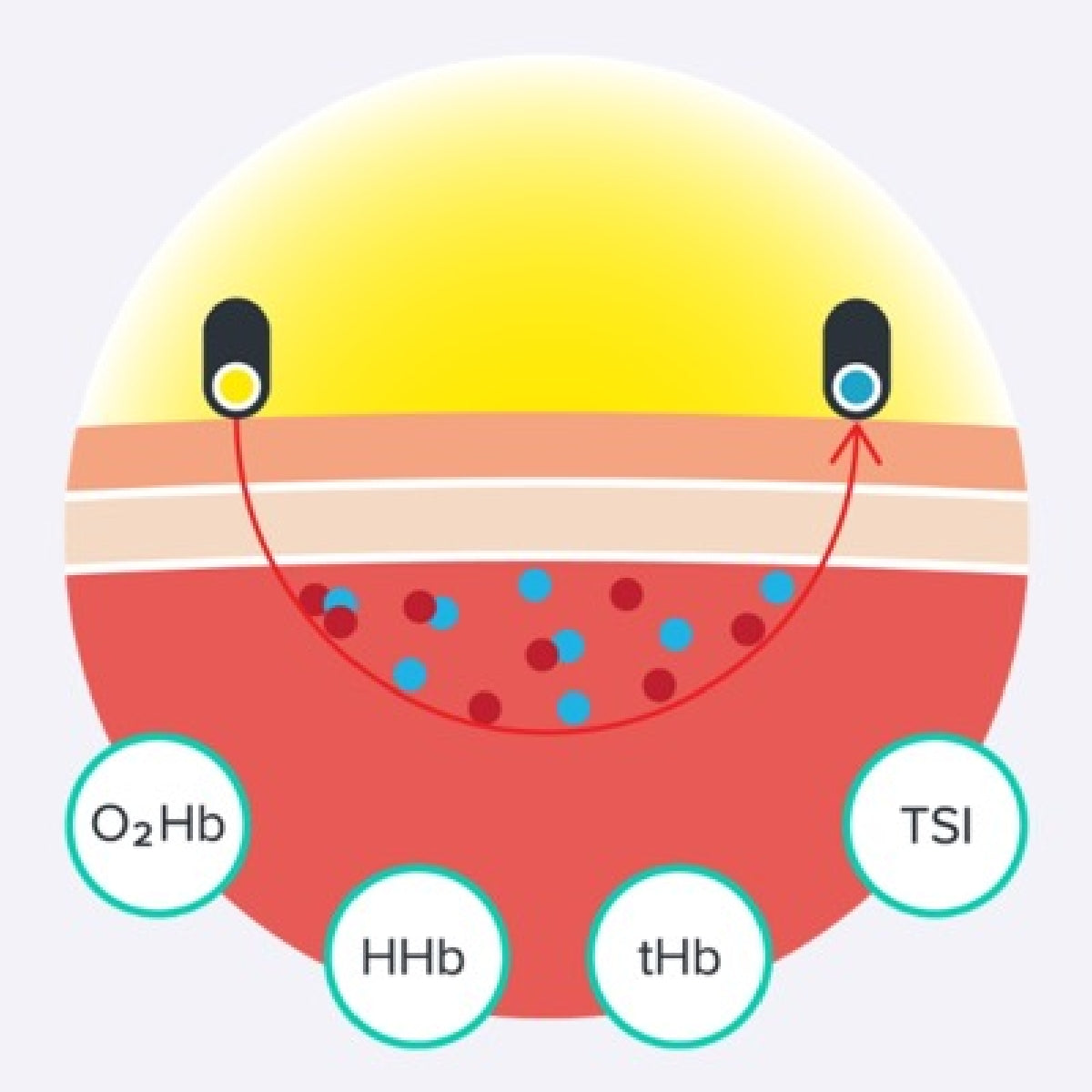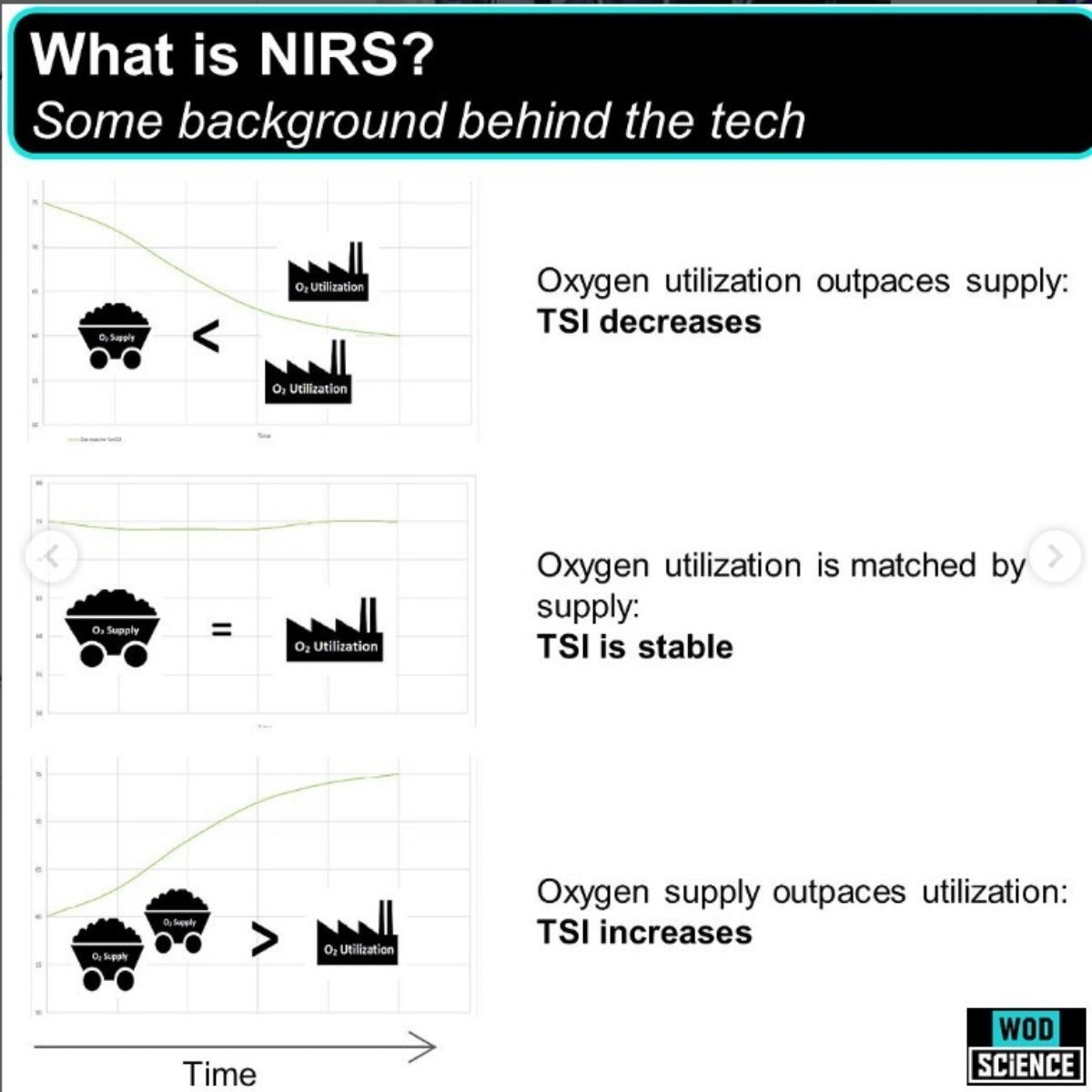Muscle Oxygen data can make you a better athlete.
PUT physiology first
Fick equation (CO = VO2/AVO2diff)
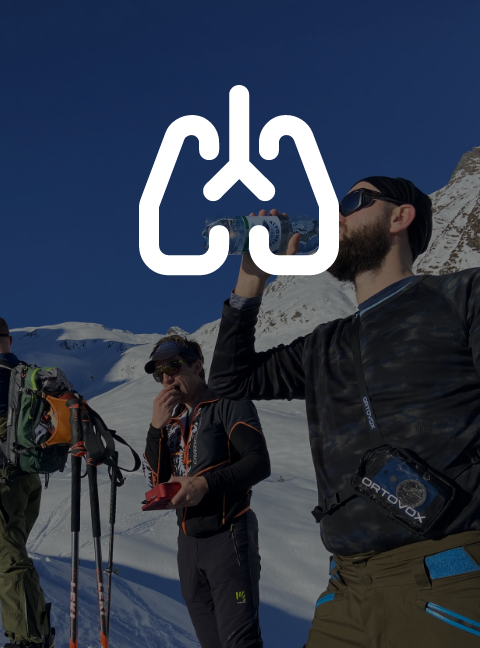
LUNGS
Deliver Oxygen (O2) to the muscles and remove CO2 from the body.
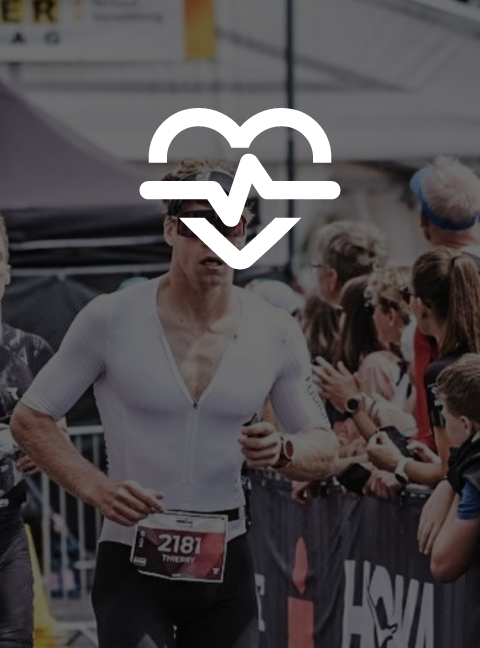
Heart
Supply the muscles with the necessary oxygen and nutrients to perform the activity
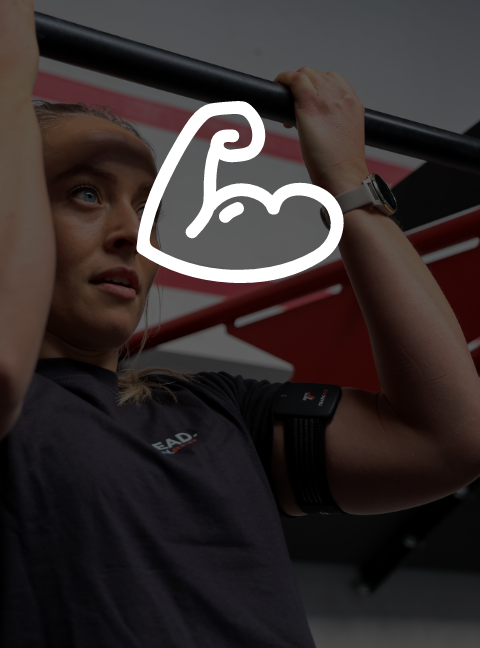
Muscles
O2 supply is crucial for optimal performance and preventing fatigue during exercise.
Payed course content
Learn muscle oxygen & your benefits to:
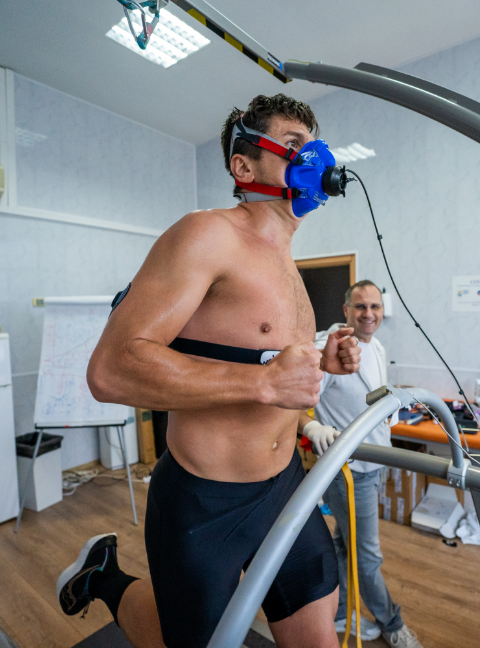
perform the fastest sport test
Forget about masks and laboratories.
Here's how to perform the easiest fitness test, based on muscle oxgyen.
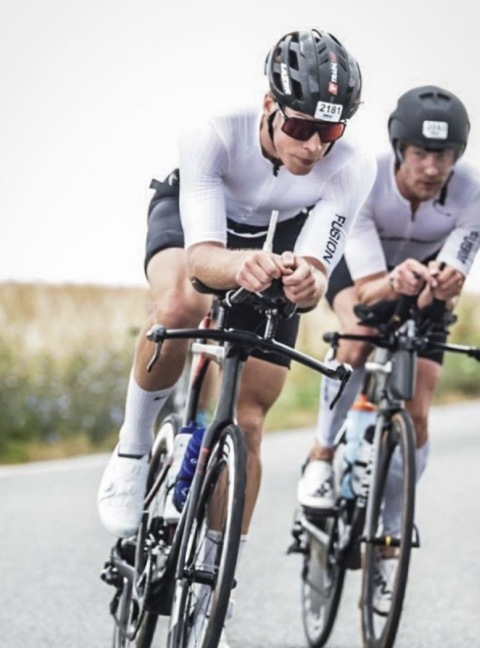
improve your training
Day in the life of an athlete.
Taking you through a muscle oxygen training diary with tips and tricks from professionals.
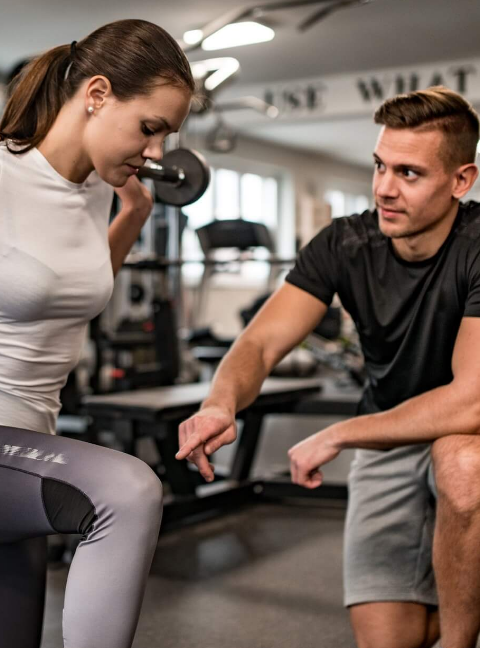
How muscles work
Why muscles need oxygen.
Deep dive into the physiology of your muscles' oxygen consumption.
TYPICAL MEASUREMENT
Testing is an important part of the screening process:
- It gives an accurate picture of fitness
- An indication of appropriate starting intensities
- A baseline for goal-setting
- Assistance in group fitness recommendations
Beep test
Multi stage running fitness test, also known as pacer test.
Running 20 meters back and forth, keeping time with beeps.
Difficulty increases by making time between beeps shorter every minute.
Cooper test
12 minute running fitness test.
Run as far as possible in 12 minutes, pacing is key.
FTP Test
Functional Threshold Power-test, evaluating your cycling fitness.
The average power you can push for 1 hour, or the estimated power you can push for 1 hour by multiplying your 20min power*0,95
Ramp test
A test with gradually increasing intensity used to determine thresholds.
assessments can be done based on power, speed or any other systematically increasing output metric, allowing a broad range of sports applications.
From test to Training
Now transfer all this new information directly into our day to day training
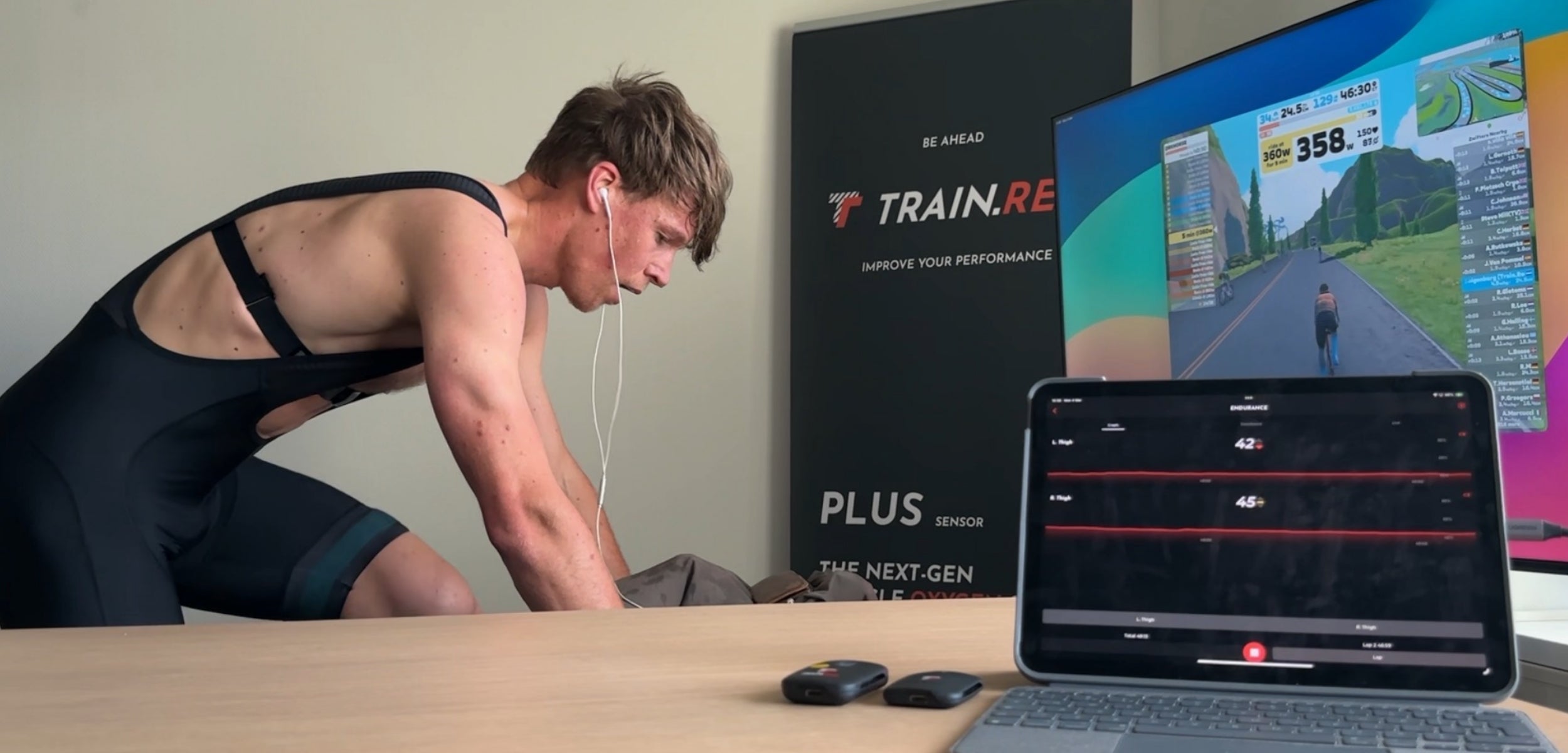

Train.Red Sensor
Positioned on the upper leg
Zwift to control
As visualisation and a way to control the intensity
Train.Red APP
To guide you through the test
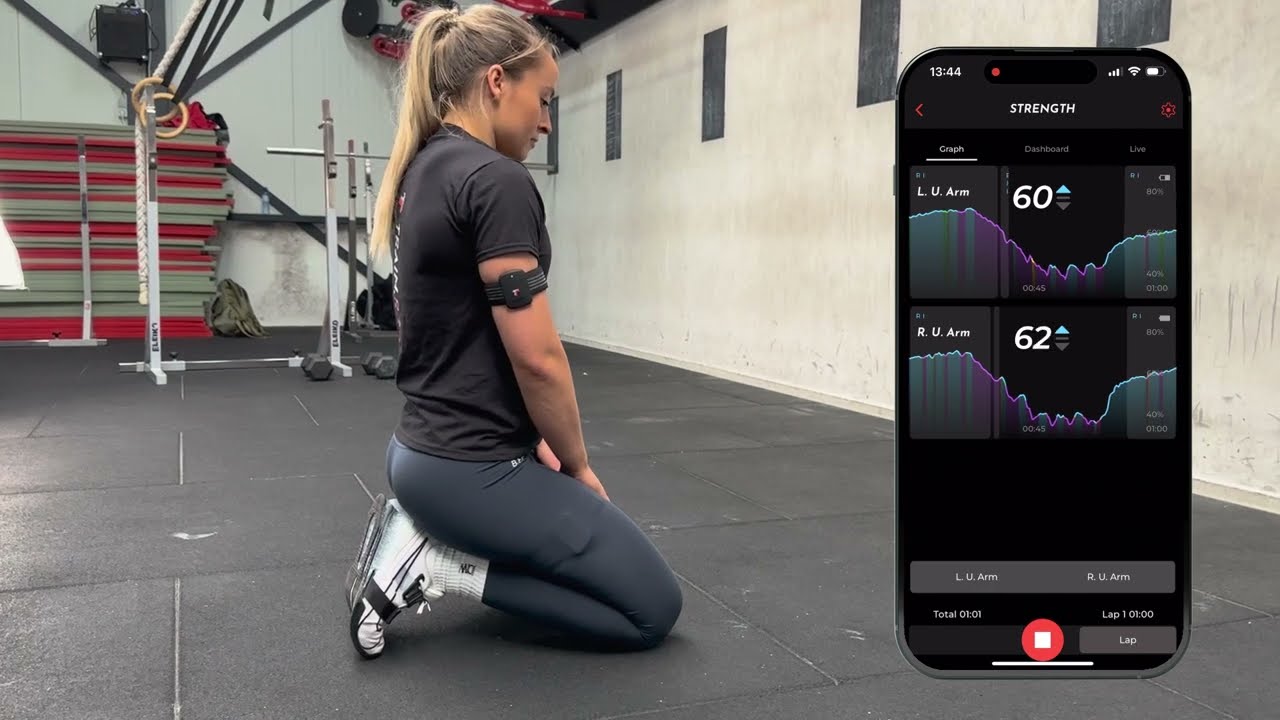
Smart rest guide
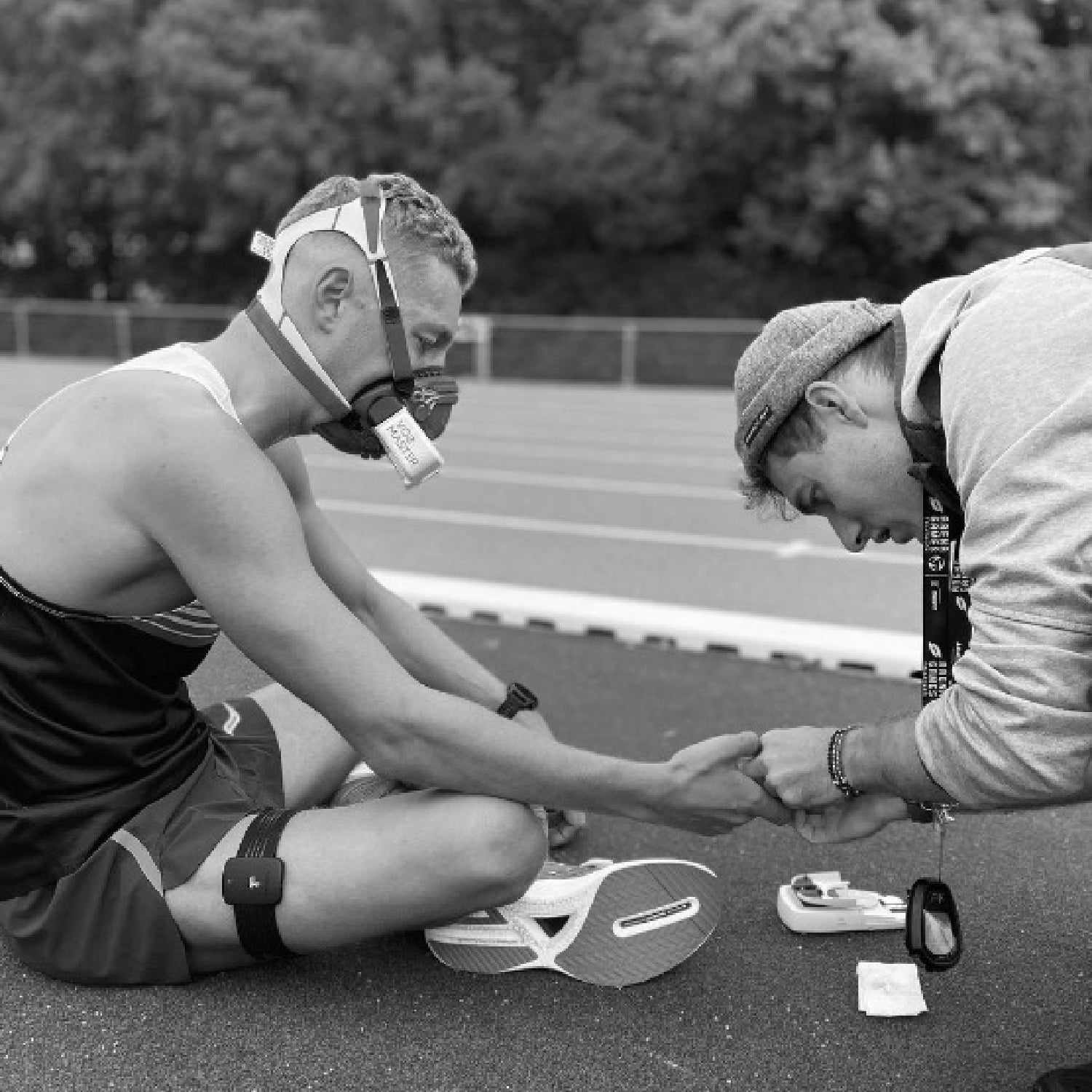
Simple baseline test

Trainingsplan

warm up
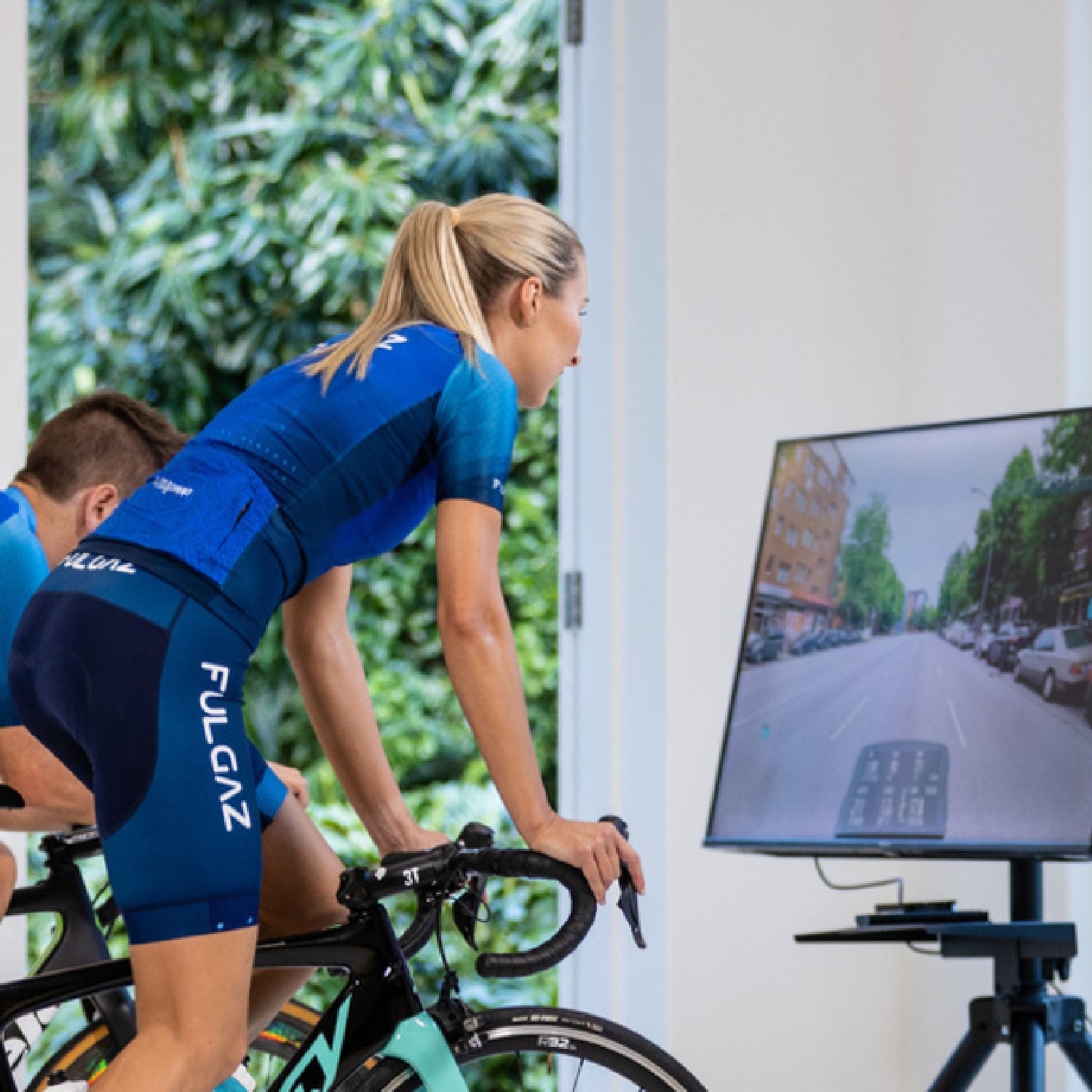
pacing
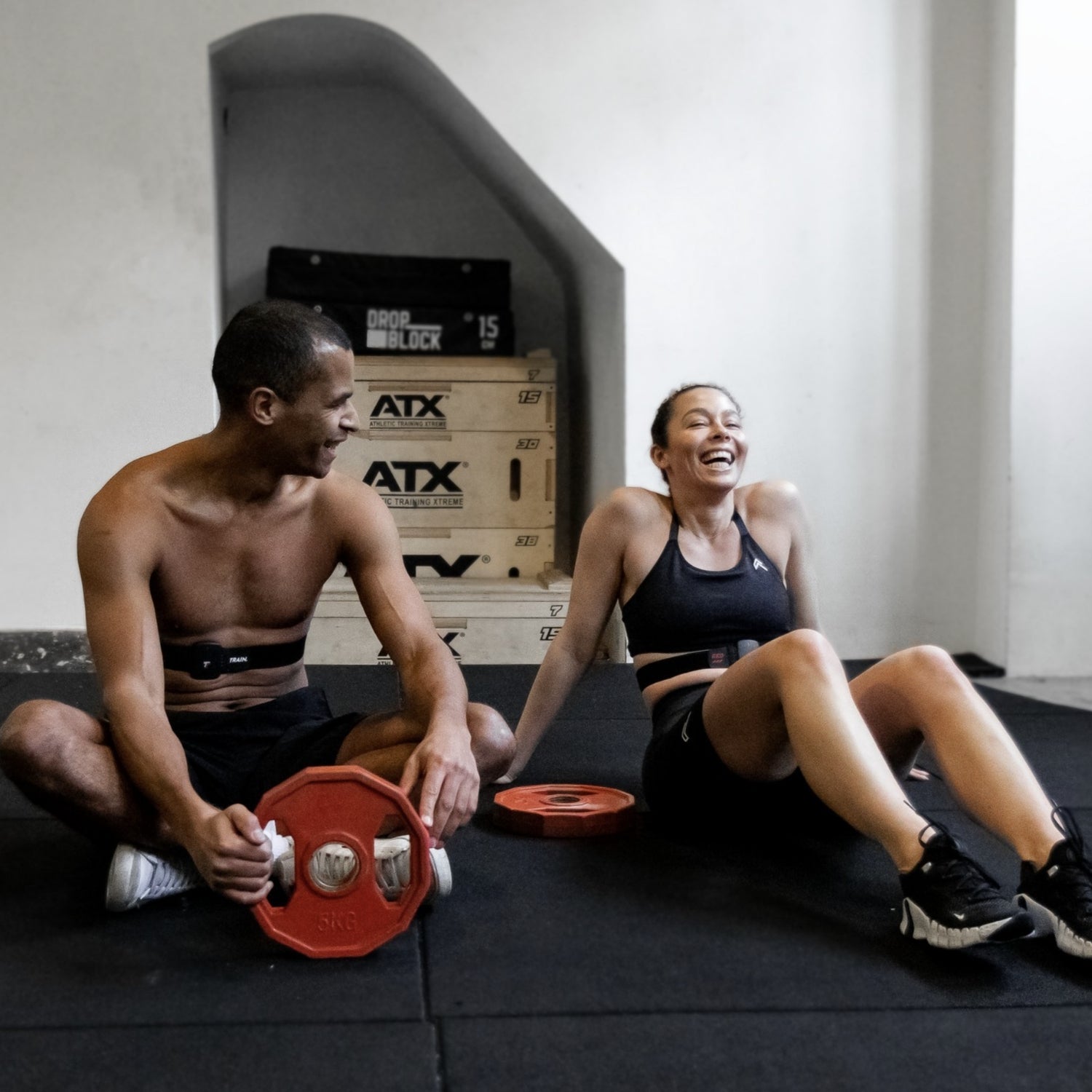
Smart rest

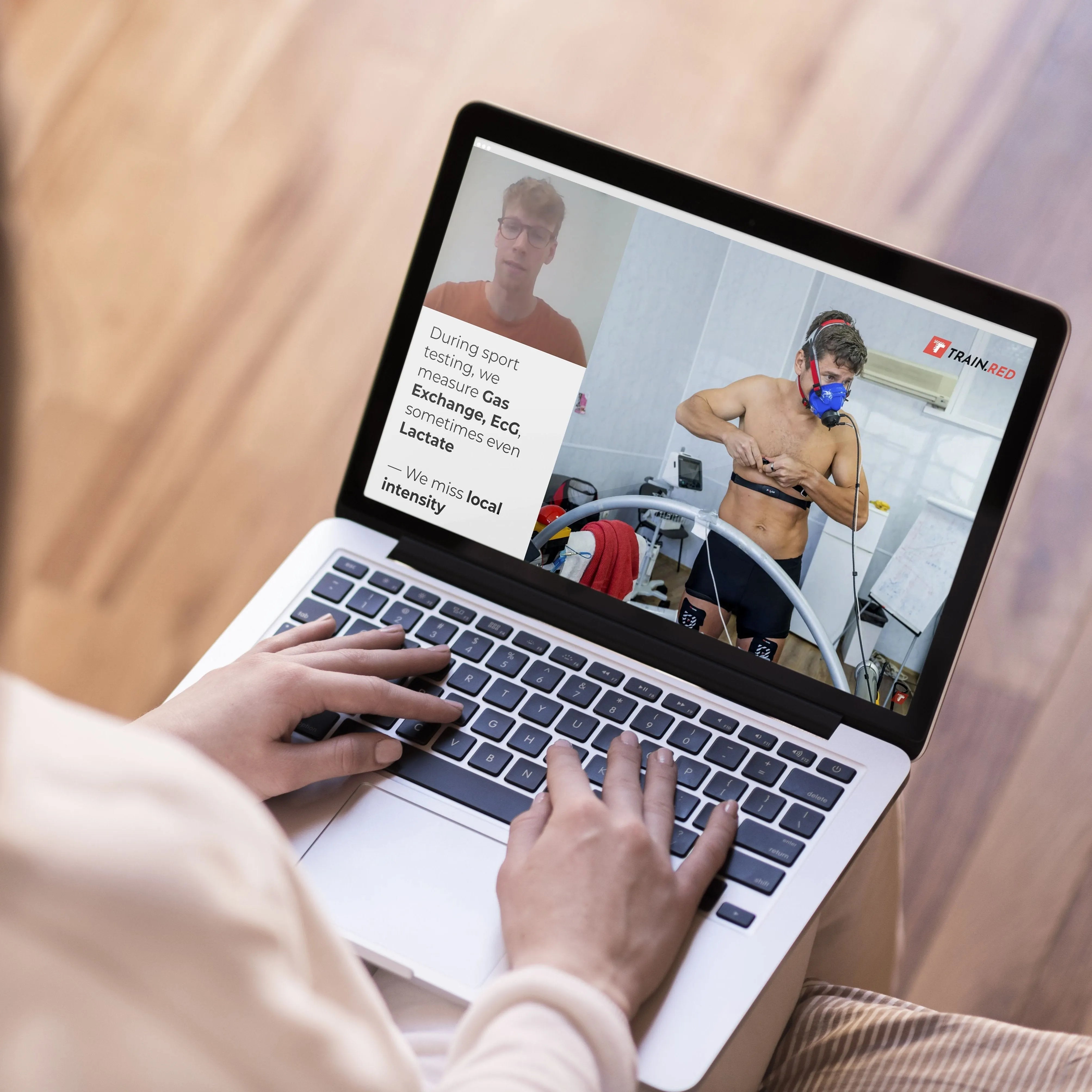
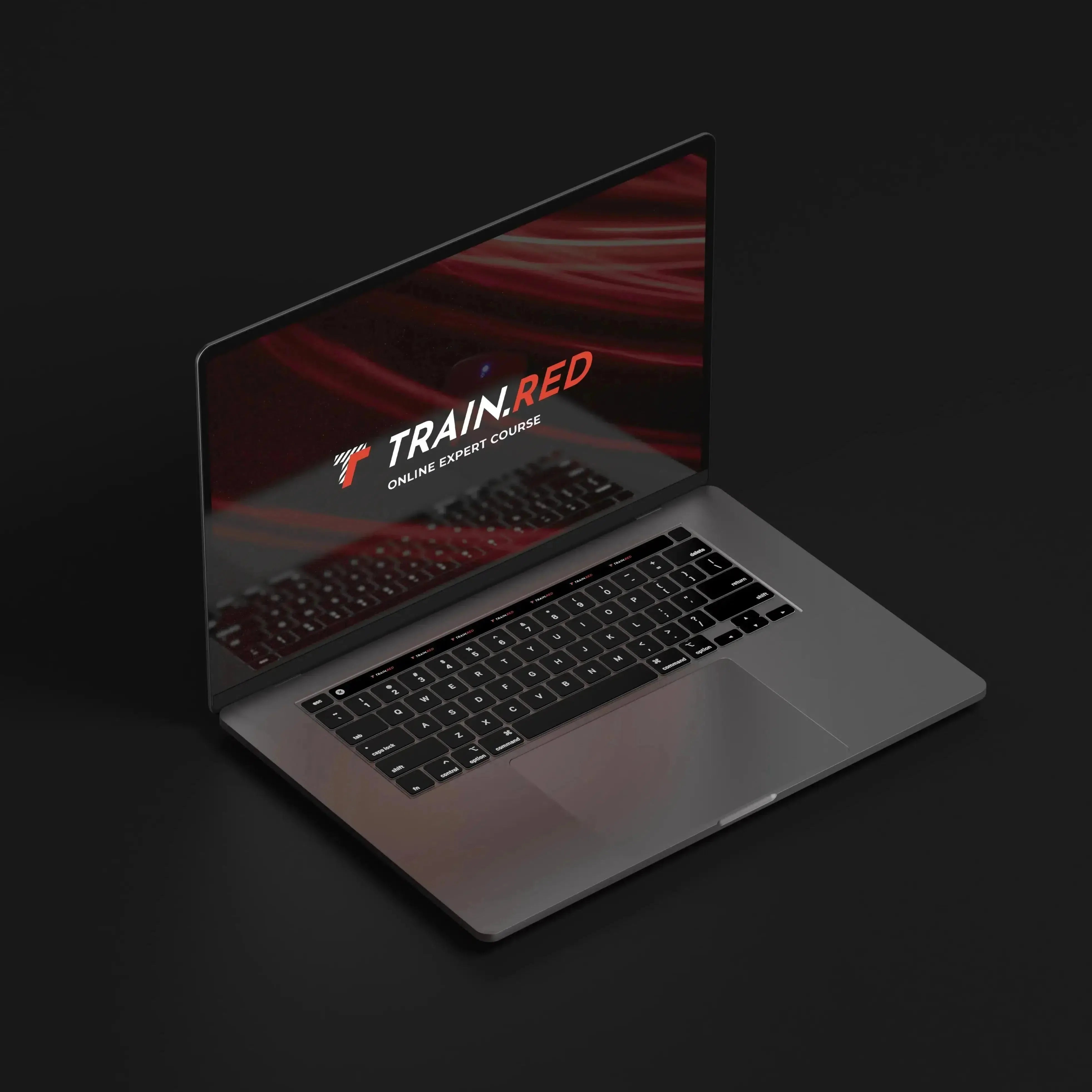
Muscle Oxygen Basics (Online Course)
Learn the science of muscle oxygen from home!
Get access to exclusive video lessons that explain how your muscles use oxygen and how to track it with Train.Red sensors. Includes practical examples and expert insights.
👉 What you get:
✔️ Full webinar-style course
✔️ Video tutorials in shared Drive
✔️ Learn at your own pace

